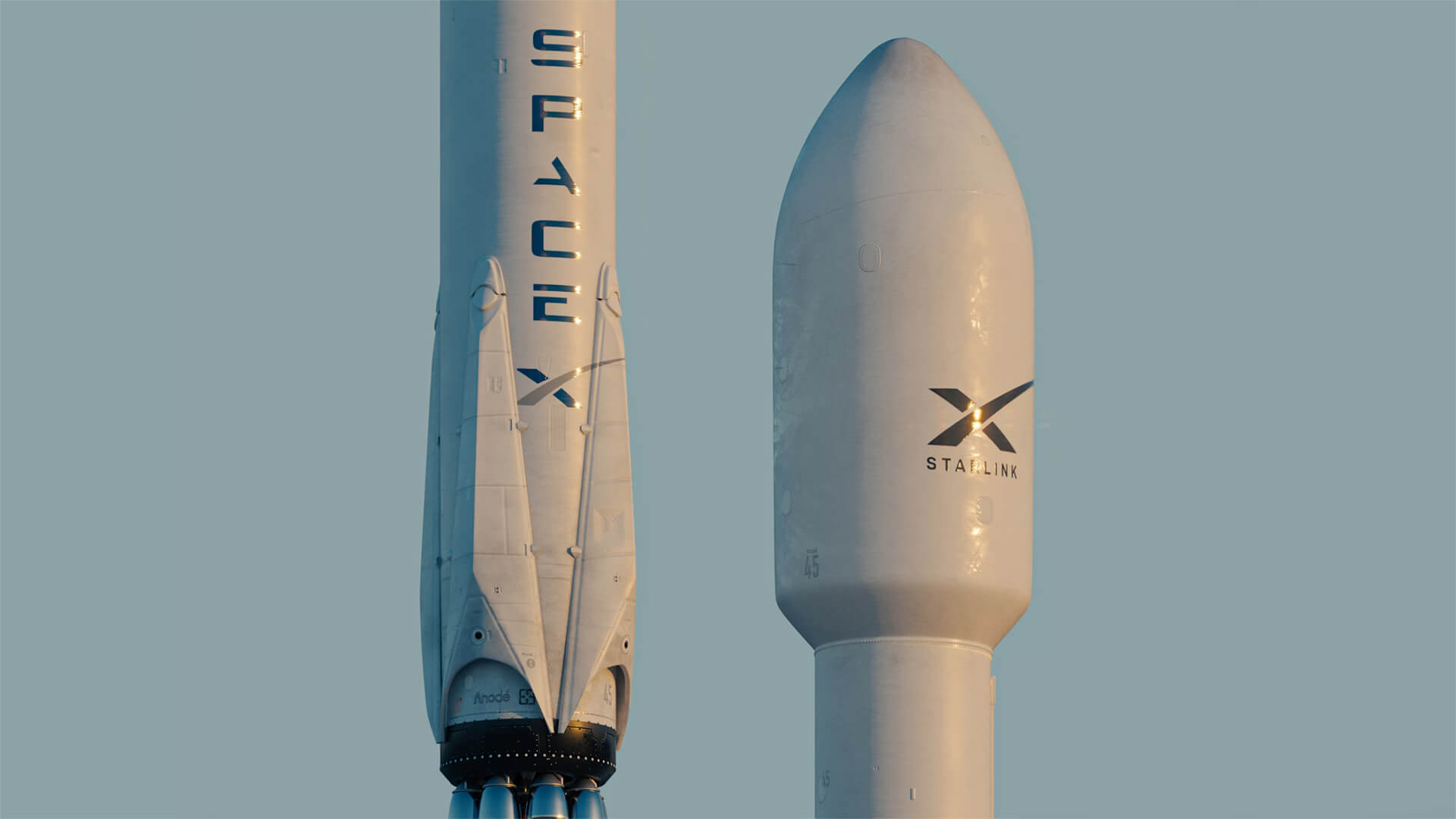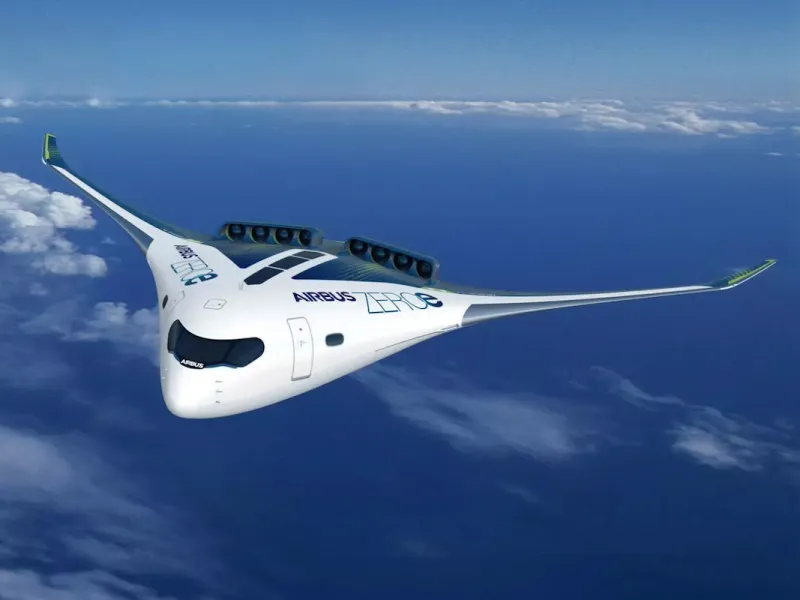What Makes Hypersonic Aircraft Possible? The Engineering Behind Speeds Over Mach 5

Hypersonic aircraft travel at speeds greater than Mach 5—more than five times the speed of sound. These speeds push the limits of materials, aerodynamics, and control systems. Here’s how aerospace engineers are solving the challenges to make hypersonic flight a reality.
What Hypersonic Speed Really Means
Hypersonic refers to any object traveling faster than Mach 5, or around 3,800 mph. This is much faster than typical commercial planes, which cruise at about Mach 0.85.
At these speeds, air behaves differently. It compresses into shock waves that cause extreme heat and drag. That makes hypersonic flight one of the hardest engineering problems in aerospace.
The heat at Mach 5+ can reach over 3,000°F. Materials must survive not just flight but also re-entry temperatures if the aircraft exits the atmosphere.
Because of this, hypersonic designs must focus on heat protection, stability, and fuel efficiency—all at once.
Key Engineering Challenges
Thermal Protection
Heat is one of the biggest challenges. Engineers use materials like carbon-carbon composites and ceramics to prevent aircraft from melting mid-flight.
Some vehicles use ablative coatings that burn away during flight, carrying heat with them. Others rely on insulation and heat sinks.
Every inch of the surface must be designed to either resist heat or manage its movement away from key systems.
Propulsion Systems
Conventional jet engines can’t handle hypersonic speeds. Instead, engineers use scramjets—supersonic combustion ramjets.
Scramjets don’t carry oxygen; they compress air from the atmosphere and mix it with fuel at high speeds.
They only work once the aircraft is already traveling fast, so hypersonic vehicles need booster rockets or other systems to reach that speed first.
The key is achieving stable combustion at thousands of miles per hour—something that's still under heavy testing.
Aerodynamics and Stability
At hypersonic speeds, airflow becomes unstable. Aircraft must be shaped to avoid creating too much drag or lift.
Designers use long, narrow bodies and small wings to reduce resistance. Stability is a constant concern because even small shifts in air pressure can throw the vehicle off course.
Hypersonic flight also affects control surfaces—rudders and elevators must be reinforced to survive the forces involved.
Applications of Hypersonic Flight
Defense and Military
Many countries are developing hypersonic missiles. These travel too fast for current defense systems to intercept reliably.
They can carry conventional or nuclear payloads and maneuver mid-flight, making them harder to track than ballistic missiles.
Examples include the U.S. ARRW, China’s DF-ZF, and Russia’s Avangard.
Spaceplanes and Fast Travel
Engineers are working on reusable hypersonic vehicles for space access. These could launch satellites more cheaply than rockets.
Companies are also exploring hypersonic passenger travel. A flight from New York to Tokyo could take under two hours.
While commercial hypersonic planes are still in early development, they represent the next leap in aviation speed.
Scientific Research
Hypersonic test vehicles help engineers understand extreme conditions. These flights inform material science, propulsion research, and re-entry systems for spacecraft.
NASA and the U.S. Air Force run hypersonic test programs using experimental aircraft like the X-43 and X-51.
Conclusion
Hypersonic flight is no longer just a concept—it’s actively being tested and developed. From thermal protection to scramjet propulsion, aerospace engineers are solving real problems to push aircraft beyond Mach 5. As these systems evolve, they’ll shape the future of defense, space travel, and global transportation.


